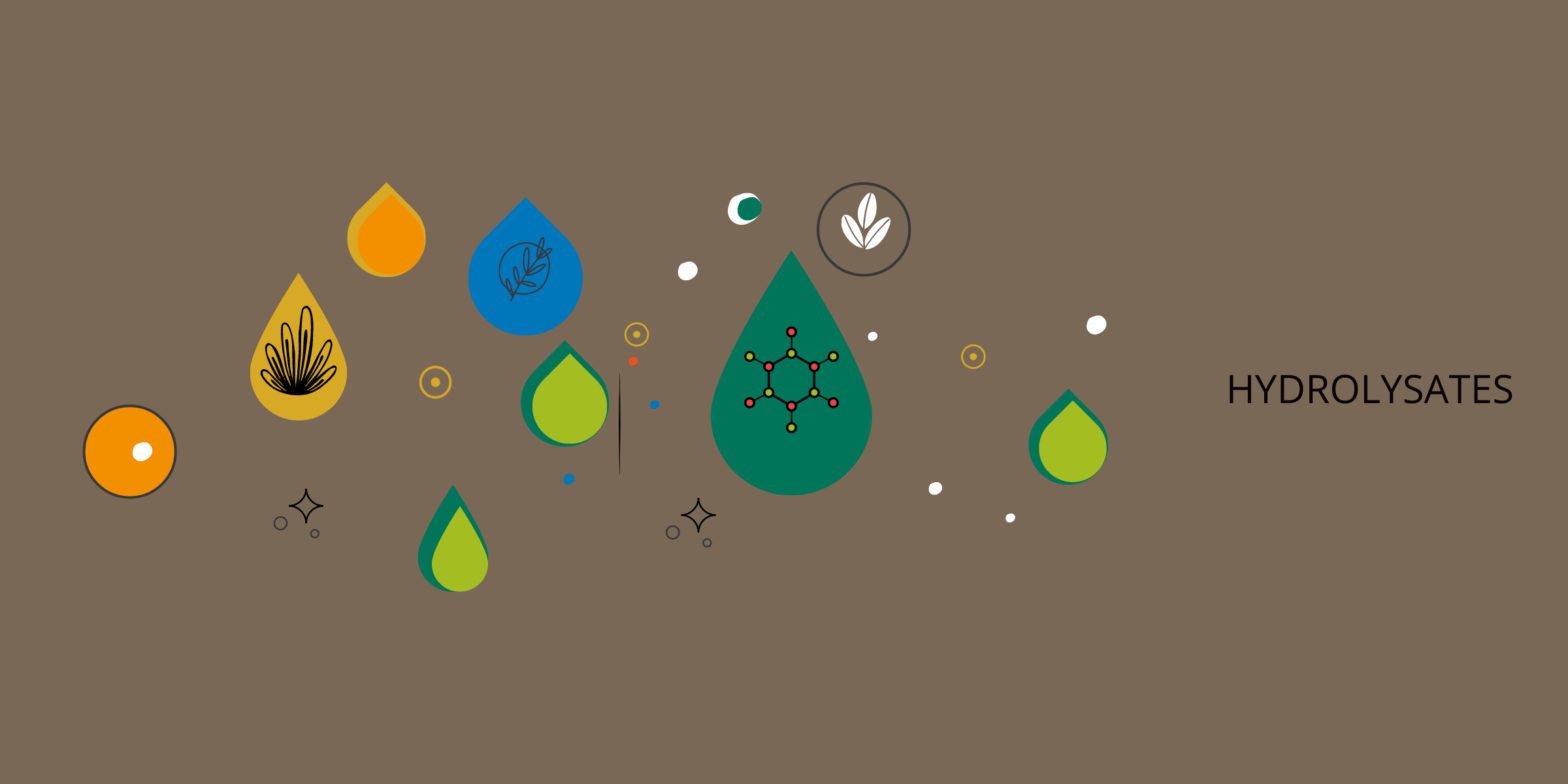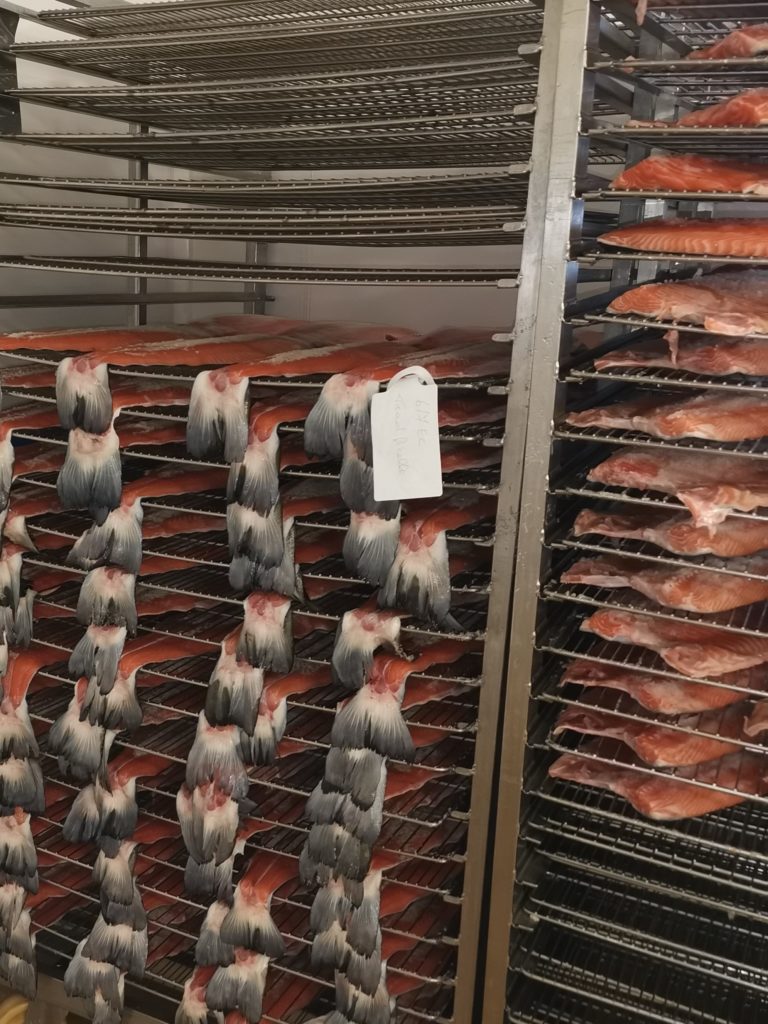5 market trends for co-product hydrolysates

How can you transform your food co-products into high value-added ingredients? The answer may lie in hydrolysates, the protein fractions obtained by enzymatic hydrolysis, which are becoming a key lever for upcycling in the food industry.
In recent years, the hydrolysate market has experienced sustained growth, driven by the dual pressures of CSR requirements and product innovation. In a context where every gram of material counts, manufacturers and buyers are rethinking their value chain to take advantage of co-products. But to fully understand market opportunities, you also need to decipher weak signals.
Here are the 5 trends to follow closely to capture the strategic potential of hydrolysates and sustainably integrate the valorization of co-products into your production or supply chain.
Enzymatic hydrolysis for circular valorization
Enzymatic hydrolysis appears to be one of the most promising processes in the race to enhance the value of agri-food co-products. This gentle technology breaks down the proteins contained in co-products (fish, nuts, vegetables, dairy products, etc.) into peptides and bioactive amino acids. The result : functional hydrolysates that can be used in a wide range of sectors (human food, animal nutrition, cosmetics, petfood, etc.).
Why is it so popular ? Because hydrolysis enables the fine valorization of often under-exploited biomasses, while preserving the organoleptic and nutritional properties of the raw materials. Unlike other, more degrading thermal processes, the enzymatic approach favors gentle treatment of active ingredients, and adapts easily to heterogeneous matrices.
For food operators, this technology opens the way to the formulation of new “clean label” ingredients, endowed with specific techno-functional or nutritional properties. On the supply side, it represents a concrete response to the growing demand for traceable, sustainable, local and differentiating ingredients.
Booming demand for alternative proteins: a boon for co-product hydrolysates
The global market for alternative proteins is booming. Stimulated by the rise of foodtech, environmental pressure and the growing needs of specialized nutrition (sports, health, seniors, petfood), demand for innovative protein ingredients continues to grow. In this changing landscape, hydrolysates derived from agri-food co-products are gaining ground.
According to several market studies (Straits Research, MMR), the protein hydrolysate sector – whether of marine, plant or animal origin – is enjoying average annual growth of over 8%. Functional nutrition manufacturers are interested in them for their bioactive effects (digestibility, satiety, antioxidant or immunostimulant properties), but also for their technological profile: solubility, stability, low allergenicity.
Co-products, long relegated to the status of waste products, are thus becoming a strategic resource for the development of these new proteins. Fish skins, viscera, bones, feathers, spent grains, whey, legume residues… are all deposits rich in amino acids that can be valorized by hydrolysis. This is an opportunity for companies under pressure to innovate without increasing material costs. In terms of sustainable sourcing, this trend opens up access to alternative ingredients with a low carbon footprint that are traceable, locally available and capable of securing supplies in a context of volatility for conventional raw materials.
Traceability, conformity and functionality: the new key criteria
In the market for hydrolysates derived from co-products, manufacturers’ expectations are no longer limited to technical performance alone. Regulatory pressure, customer demands and internal audits are imposing a new standard : ingredients that are traceable, compliant and functional.
Traceability is now a prerequisite. Origin of raw materials, transformation processes, batch control, carbon footprint: every stage in the life cycle must be documented. This is a key factor in meeting certification requirements (ISO 20400, B Corp, etc.) and promoting the approach internally and with consumers.
On the compliance side, hydrolysates must meet strict requirements depending on their field of application: health standards (human food, petfood, cosmetics), labeling criteria, regulations on novel foods or functional additives. Upstream validation of these parameters is essential to avoid formulation bottlenecks or regulatory rejections.
Finally, the functionalities of hydrolysates – solubility, viscosity, emulsifying capacity, antioxidant or prebiotic activity – become real differentiation arguments in a competitive market. These properties, strongly influenced by the nature of the co-products and the hydrolysis process, need to be rigorously characterized.
Upcycling, the cornerstone of a differentiating CSR positioning
At a time when environmental issues are becoming a decisive criterion in the strategic choices of manufacturers, the upcycling of agri-food co-products is establishing itself as a high value-added approach. By transforming residual flows into functional hydrolysates, companies can reduce their material losses while generating new outlets with strong environmental and economic coherence.
Over and above their added value, these ingredients derived from enzymatic hydrolysis fuel a strong commitment to responsible, local, zero-waste sourcing. It’s a direct response to the expectations of distributors, consumers and CSR departments, as well as a real lever for product innovation and marketing differentiation.
Today, this circularity approach is integrated into the frames of reference of major certifications (ISO 20400, B Corp, EcoVadis, etc.), public tenders and the climate strategies of major brands. It makes an active contribution to achieving European objectives in the fight against food waste and the recovery of bio-waste.
For operators, the upcycling of by-products via hydrolysates is becoming as much a strategic choice as a sustainable commitment. The solutions offered by Upcyclink are part of this dynamic, moving from the desire to act to concrete implementation.
Why use Upcyclink solutions to transform your co-products into hydrolysates ?
Faced with the growing demands of sustainability, innovation and profitability, Upcyclink offers a global, flexible and operational approach to transforming your agri-food by-products into high value-added functional hydrolysates.
Our strength lies in the SOBRE® mobile unit, a unique piece of equipment that enables enzymatic hydrolysis trials to be carried out directly on site, as close as possible to your material flows. There’s no need to move volumes, or invest heavily before validating feasibility. This agile solution meets the challenges of gradual industrialization and limits the risks associated with processing.
But Upcyclink’s contribution doesn’t stop there :
– We precisely characterize your deposits to identify their protein potential ;
– We co-develop with your teams tailor-made ingredients adapted to your application needs ;
– We provide complete technical data sheets, including traceability, amino acid profiles, nutritional composition, bacteriology, etc ;
– We support you in thinking about the most relevant outlets (human food, petfood, specialized nutrition…).
Whether you’re an R&D manager looking for a solid proof of concept, or a buyer looking for sustainable, traceable and local sourcing, Upcyclink’s solutions and ingredients are designed to remove the usual obstacles to upcycling and secure your path to action.
Conclusion: hydrolysates, ingredients to keep a close eye on
Long underestimated, agri-food co-products are now emerging as a raw material of the future. Thanks to enzymatic hydrolysis, they can be transformed into functional hydrolysates that meet new market requirements : sustainability, traceability, performance and differentiation.
Whether to meet the growing demand for alternative proteins, to optimize your material losses, or to strengthen your CSR positioning, the valorization of by-products via controlled processes represents a strategic opportunity to be seized.
At Upcyclink, we support food manufacturers in this transition with agile, proven and tailor-made solutions. Our approach is based on detailed knowledge of the deposits, mastery of the hydrolysis process and end-to-end support: from characterization to industrialization, on site, with the SOBRE® mobile unit.
Would you like to explore the potential of your co-products ? Test the feasibility of a hydrolysate on your material ? Integrate an upcycled ingredient into your formulations ?
Don’t hesitate to contact us !


